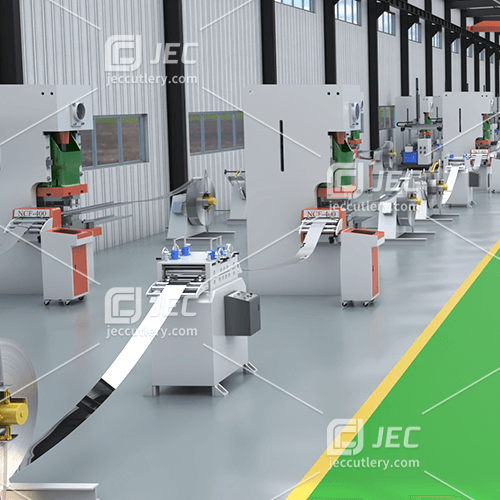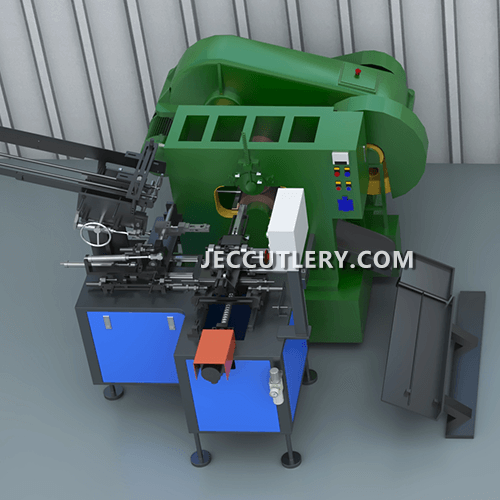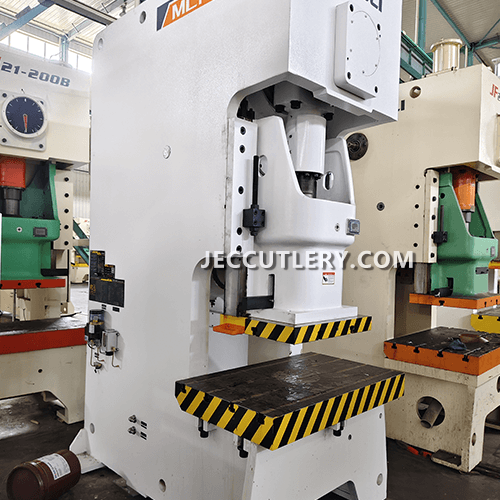The Role Of Molds In Stainless Steel Cutlery Production Line
A quick overview of the topics covered in this article.
Stainless steel cutlery is a staple in households and restaurants worldwide, known for its durability, hygiene, and aesthetic appeal. However, the journey from raw stainless steel to a polished fork or knife involves a complex manufacturing process, where molds play a key role. In this blog post, we will explore the importance of molds, mold types, and how they affect the quality and efficiency of the final product.
Understanding The Importance Of Molds In Cutlery Manufacturing
Molds are the backbone of stainless steel cutlery manufacturing. They are used to shape the raw stainless steel into the desired forms, such as knives, forks, and spoons. The precision and quality of these molds directly influence the final product’s durability, functionality, and appearance.
Why Are Molds So Important?
The manufacturing of stainless steel tableware typically involves several steps, including cutting, forming, polishing, and finishing. Molds are primarily used in the forming stage, where the stainless steel is shaped into the desired cutlery item.
- Shape Formation: Molds define the exact shape and dimensions of the cutlery.
- Consistency: Molds enable mass production with consistent quality across thousands of pieces.
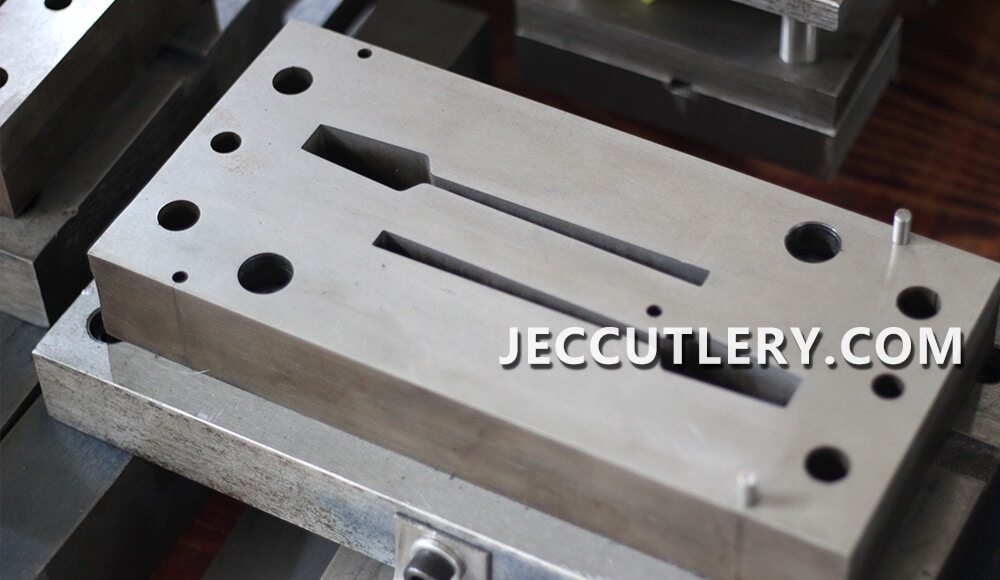
Types Of Molds Used In Stainless Steel Cutlery Production
There are primarily two types of molds used in the production of stainless steel cutlery:
- Forging Molds: These are used in the initial shaping of the cutlery. Stainless steel is heated and then pressed into the mold to form the basic shape of the utensil.
- Stamping Molds: After forging, stamping molds are used to refine the shape and add details such as patterns or logos. This process involves pressing the steel into a mold at high pressure.
Each type of mold is crafted from high-grade materials capable of withstanding high temperatures and pressures, ensuring durability and precision.
Technological Advancements In Mold Manufacturing
Technology has enhanced mold efficiency by improving the precision of the molds, reducing waste, and speeding up the production process. CNC (Computer Numerical Control) machining and CAD (Computer-Aided Design) software allow for rapid prototyping and adjustments, which significantly cuts down development time and costs.
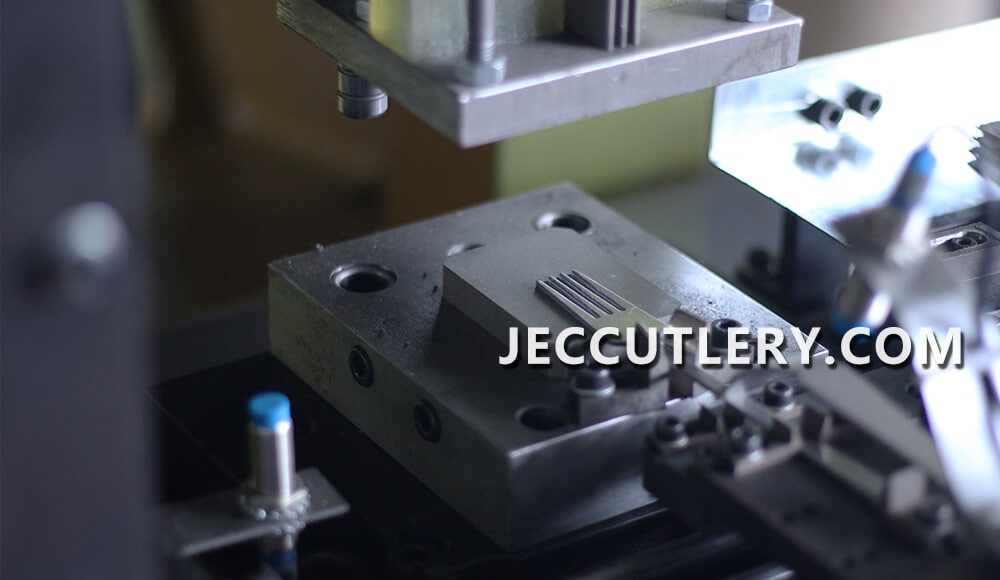
The Impact Of Mold Quality On Final Product
The quality of molds not only affects the appearance and functionality of the cutlery but also impacts the overall production efficiency.
- Material Hardness: Higher hardness increases mold life and reduces wear.
- Surface Finish: Smoother surfaces reduce polishing time and improve product appearance.
- Geometric Accuracy: Precise shapes ensure consistent product dimensions and reduce waste.
- Thermal Conductivity: Better thermal conductivity increases cooling rates and production speeds.
In conclusion, molds are indispensable in the production of stainless steel cutlery, playing a critical role in shaping the final product. Their design and quality directly impact the efficiency of the production process and the quality of the tableware. As technology advances, the precision and capabilities of molds continue to improve, enabling manufacturers to produce higher quality and more intricate designs.
A quick overview of the topics covered in this article.

